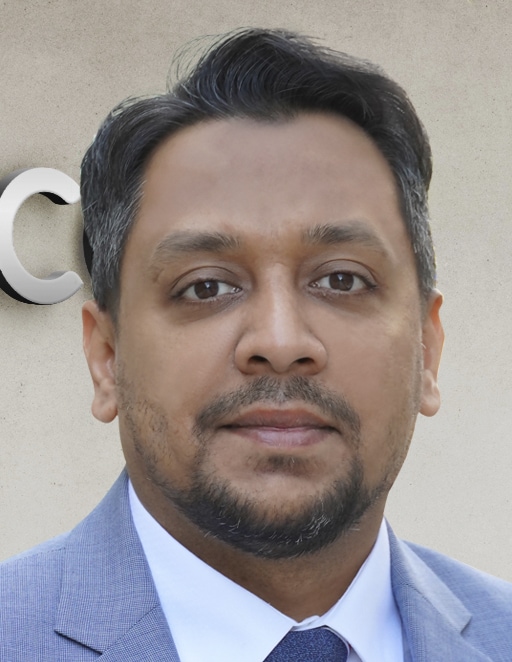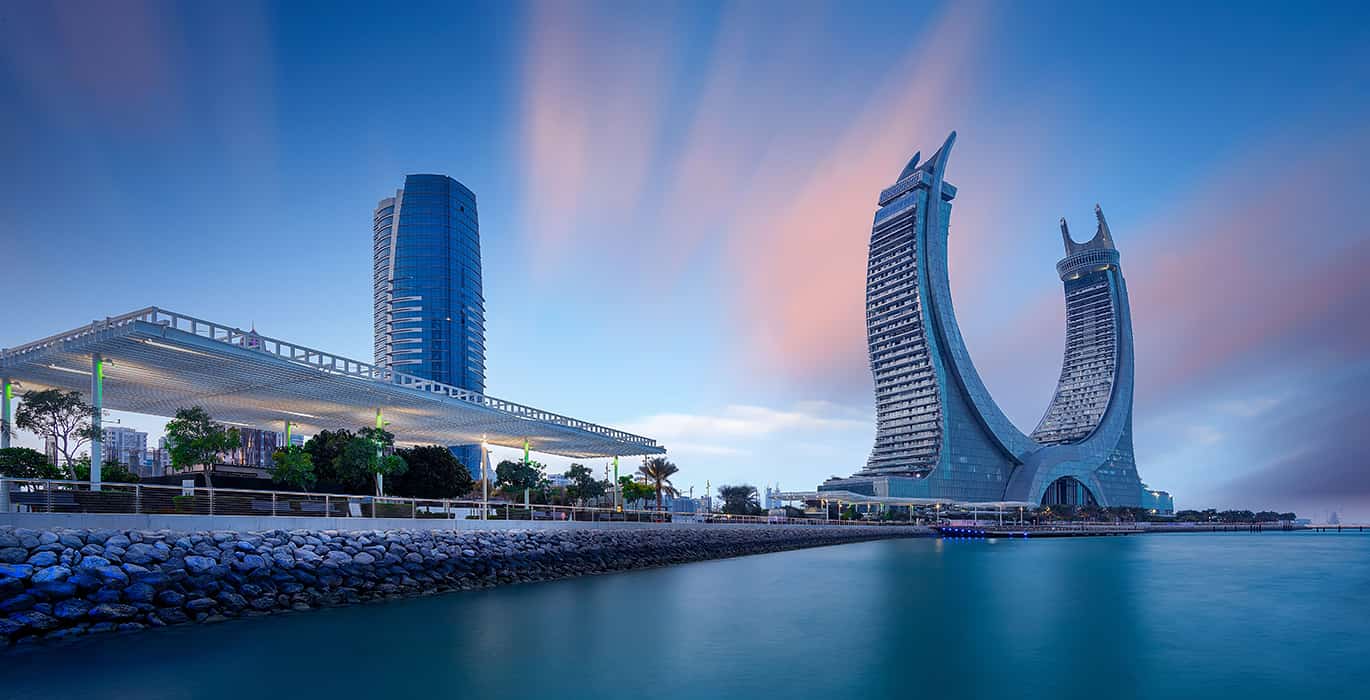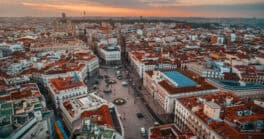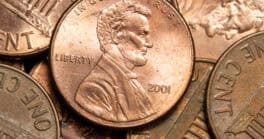In January, Qatar launched its third National Development Strategy, the final phase of its push to achieve its Qatar National Vision 2030 objectives. The third phase is multifaceted and, on the economic front, focuses on sustainable economic growth.
While Qatar strives to bolster its global leadership in the oil and gas sector, it also aims to boost the growth of its non-hydrocarbon economy. The goal is to reach average per-annum real non-hydrocarbon growth of 4% through 2030, focusing on expanding manufacturing, tourism, logistics, education, health, food and agriculture, financial services, and information technology and digital services in addition to future clusters around critical technologies and national assets.
The third phase revolves around creating an investor-friendly business environment, fostering entrepreneurship and boosting local companies’ competitiveness while enticing foreign investment: $100 billion (compared to $76 billion in 2022 according to the World Bank, the most recently available data) in net foreign direct investments, based on official releases.
Qatar’s economy has seen good progress toward diversification. Its successful hosting of the FIFA World Cup in 2022 was one of its biggest achievements in the non-oil economy; tourism received a considerable boost, with visitor numbers increasing to over four million last year from just 600,000 in 2021 while the event created more business and employment opportunities for Qataris. The kingdom has since hosted several more international sporting events.
Non-oil GDP is now growing faster than oil GDP, notes Junaid Ansari, director of Investment Strategy and Research at asset management company Kamco, and the focus industries under the “growth” clusters, including tourism, logistics and manufacturing, have all seen significant progress.
“We expect Qatar to be one of the fastest-growing economies in the Gulf Cooperation Council as well as globally over the medium term,’ says Ansari. Through 2030, the non-oil project pipeline is over $150 billion, comments Ansari.
The government is not moving away from the energy sector, however. S&P Global Market Intelligence forecasts real GDP growth in Qatar at an average of 4.4% over the medium term (2026-30), higher than the near-term (2024-25) projections mostly due to the expected surge in gas exports, almost all of which has “a ready market, as the demand for liquified natural gas [LNG] for electricity generation is increasing globally,” according to Ansari. This, and the diversification of the economy in collaboration with a strong private sector, the government hopes will make Qatar one of the world’s top investor destinations.
“We believe that the country’s hydrocarbons sector will remain predominant in the foreseeable future,” says Jamil Naayem, associate director of MENA Economics at S&P Global Market Intelligence. “In particular, the North Field development in two phases is likely to translate into a massive increase in gas production capacity, from 77 million metric tons per annum to 142 before the end of 2030.”
Qatar recently announced that a further 16 million metric ton boost to its gas expansion plans amid likely strong demand from Asia and Europe as they seek to diversify their energy sources. S&P Global Market Intelligence forecasts average real GDP growth for Qatar of 4.4% over the medium term—2026 to 2030—primarily due to the expected surge in gas exports.
Finance Focused
Qatar’s development targets for financial services are ambitious but achievable, Ansari argues, given the growing importance of Persian Gulf economies like Qatar as part of the global emerging markets universe. The government sees finance and banking as a key support for the economic diversification project, particularly in fintech, and as a means of attracting more foreign capital.
The Qatar Financial Centre (QFC) recently signed a memorandum of understanding with Partior, which provides a tech-driven global unified ledger market infrastructure for clearing and settlement, to help drive the kingom’s financial market.
“The signing reflects the QFC’s commitment to form strategic partnerships with global industry leaders to develop a secure and sustainable financial infrastructure in Qatar,” Yousuf Mohamed Al Jaida, CEO of the QFC, said in a statement. “We aim to enhance innovation and provide an enabling ecosystem for the growth and development of the fintech sector and companies in this industry.”
Last year, in line with Qatar National Vision 2030, the Qatar Central Bank (QCB) launched its Qatar FinTech Strategy 2023. The aim is to develop and diversify the financial services sector and increase competitiveness and is based on four main axes: establishing a pioneering infrastructure, prioritizing innovation and growth in fintech, empowering companies through fintech offerings, and making Qatar a fintech hub.
Qatar FinTech Hub (QFTH), supported by Qatar Development Bank (QDB), is a critical element of the QBC’s fintech strategy. Its primary objective is to foster development of a fintech industry by collaborating with key stakeholders such as financial institutions, technology providers, payment networks, global fintech hubs and regulators. Supporting the program is a $100 million venture capital fund managed by QDB.
Enter Venture Capital
The development push is about incubating new enterprises alongside existing and foreign-based businesses.
In February, the Qatar Investment Authority (QIA) announced a significant initiative to revolutionize the kingdom’s startup ecosystem, introducing its first venture capital fund of funds (FOF) with a $1 billion-plus commitment. Designed to boost innovation within the Gulf region and attract global venture capital, the FOF (yet to have an official name) will be complemented by the newly launched Startup Qatar platform, which aims to support new ventures and position Qatar as a significant player in the global startup scene. QInvest, the leading Qatar-based investment bank, will support these initiatives through financial intermediary and advisory services. The bank is also considering a direct participation in the FOF.

financial services sector are ambitious but
achievable
A pivotal aspect of the National Development Strategy is privatizing some businesses and enhancing public-private partnerships. PPPs facilitate economic diversification and support creation of a knowledge-based economy by encouraging innovation and competitiveness across all industries. By participating in or facilitating PPPs, QInvest and other banks expect to benefit from seeding new investment opportunities, particularly in emerging sectors and specialized economic clusters.
QInvest expects an uptick in capital market activity across equity and debt capital markets in 2024. This includes developing an active debt market, attracting institutional investors—aided by the planned introduction of sophisticated market features such as short selling and securities lending and providing incentives for local investors to improve asset allocation and help retain capital within the country.
Qatar is also enhancing its equity capital market through strategic initiatives to attract investors and increase market liquidity, including developing a new derivatives market. Last year, QInvest led the successful closing of the first-ever book-building subscription on the Qatar Stock Exchange for the IPO of Meeza QSTP, a managed IT services and solutions provider.
Much of the growth of Qatar’s financial sector is driven by Qatar National Bank (QNB), the region’s largest bank. In 2023, QNB supported the North Field Expansion project to increase Qatar’s LNG production over the next several years. QNB financed the subcontracting value chain for the project along with assisting in several other major projects in associated sectors.
The bank expects to see clients pursue emerging opportunities in the LNG space, attracting local and international investment while the NFE project generates ancillary benefits across other industries, including petrochemicals and heavy manufacturing.




